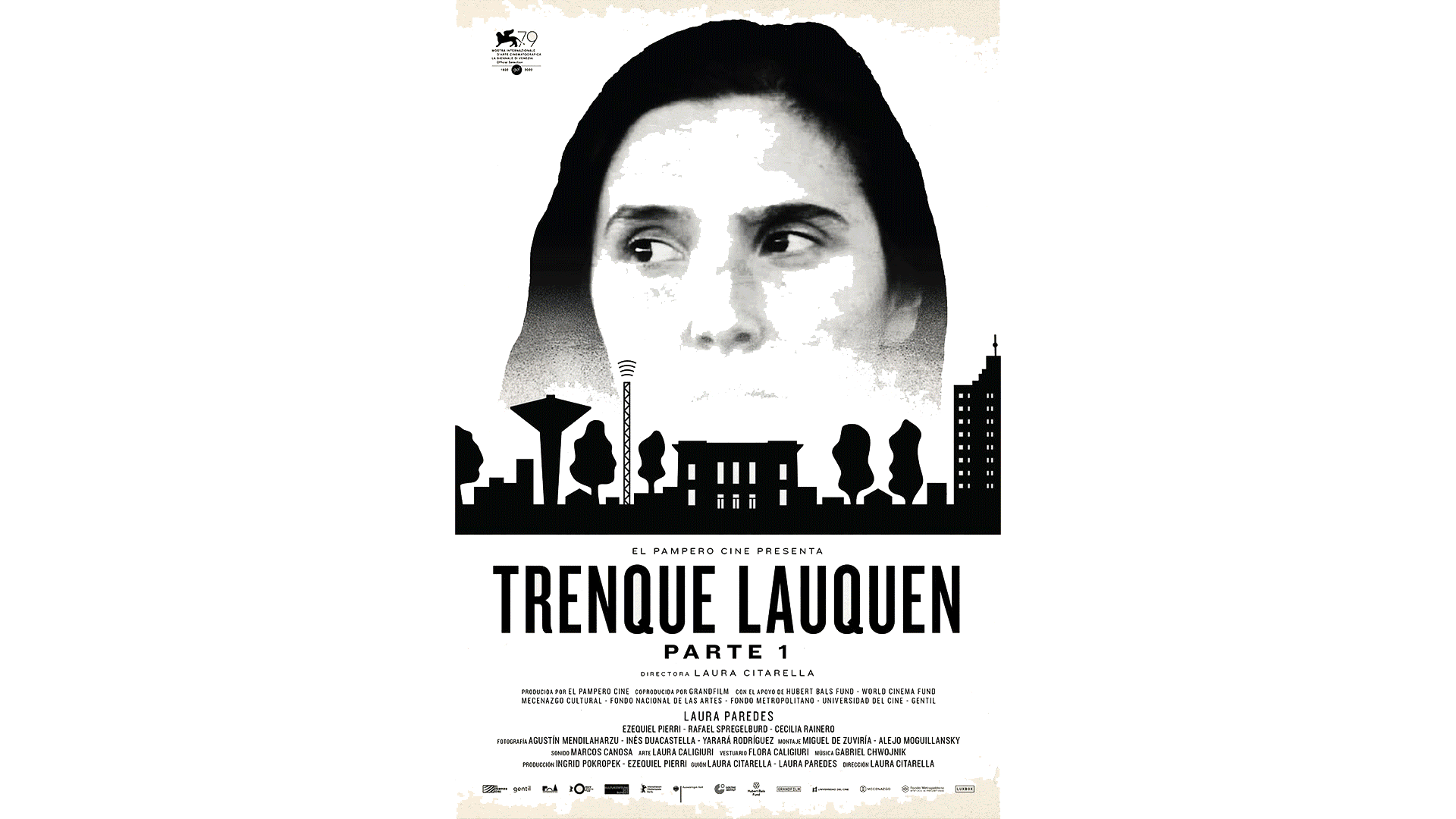MIROIR MIROIR
Miroir Miroir, feminist film club for making (or not making) films by watching films
It's often said that cinema is a mirror (of the world, of society, of an era). It can also be the mirror of a filmmaker's life, representing her friends, her enemies and her convictions in her films. These days, anyone can put themselves on stage, film themselves and their friends, their flat, their studio, their family, comment on the news, and so on. The vlog is just one example of this spontaneous, collaborative relationship with the production of filmed images, which has become increasingly accessible with technical and technological progress. Collaborative, because you could say that the people who appear in a vlog are in some way co-authors of its content. Spontaneous, because very often the scenario or intentions of a vlog are developed on the scale and at the pace of fast-moving lives and current events. Cinema is less spontaneous, less everyday, more distant : it requires research, writing, a script, a team, actors, more time. But it is also, by its very nature, collaborative, more so than the production of paintings or sculptures, for example, which can often be done alone in a studio. And, unlike vlogs, films are not originally watched on a small phone screen, in broad daylight, alone in your bedroom or on the bus, but in a dark room, projected on a large screen, with several strangers or friends there to see the same thing together.
Having said all that, Miroir Miroir offers a series of heterogeneous films, which have in common that they were made by women or non-binary directors, and that they feature female or non-binary characters who escape the stereotypes of mainstream cinema, because they were thought up by their directors in collaboration with the actors who play them. Whether it's the relationship between director Chantal Akerman and actress and activist Delphine Seyrig, or between the two visual artists Martine Syms and Diamond Stingely, one of whom stars in the other's film (and whose double she plays), or many others, such as Marguerite Duras and Bulle Ogier, friendship shapes the film and the characters (real or fictional) it portrays. Miroir Miroir looks at this relationship of friendship and work in mirror image.
Finally, Miroir Miroir is based on the principle of getting together for one or two full days a month (varying in length from 5 to 7 hours maximum) to watch and comment on films together. A film club where we spend long hours together in the dark, silent, watching the same thing at the same time. A film club where, after watching in silence, we talk together about what we've watched, and where, little by little, we build up a gallery of characters, situations, genres and methods. With this programme we'll have, in no particular order, activists, housewives, sex workers, mutants, killers, daughters, mothers, radio presenters, recently graduated visual artists, documentaries, erotic or X-rated films, musicals, portraits, etc...
We'll need to decide collectively whether the Miroir Miroir ciné-cub sessions should be the subject of a vlog, a spontaneous object shot collectively and that would record the evolution of the ciné-club, the films watched, the debates and discussions, or whether we want to keep this ciné-club anonymous and silent, in the way we frequent cinemas.
Dates and Schedule Labzone:
First semester :
Screening 1, 3 October 2024, 9.30 am – 4.00 pm : Trenque Lauquen, Lara Citarella (Argentina, 2022, in two parts of 129 mins and 133 mins)
Screening 2, 10 October 2024, 9.30 am – 5.30 pm : The African Desperate, Martine Syms (USA, 2022, 100 mins), Baise-moi, by Coralie Trin Thi and Virginie Despentes (FR, 2000, 77 mins), L'une chante l'autre pas, Agnes Varda (FR, 1976, 120 mins)
Screening 3, 14 November 2024 9.30 am – 4 pm : With Constance Brosse, who will also present her films and work. Born in Flames, Lizzie Borden (USA, 1982, 90 mins)
Screening 4, 28 November 2024 9.30 am – 4.00 pm : Community Action Center by A.K Burns and A.L Steiner (USA, 2010, 69 mins), Orlando, my political biography by Paul B. Preciado (FR, 2023, 98 mins)
Screening 5, 19 December 2024 9.30 am – 4.00 pm : With Victor Zébo, cinematographer. La Ciénaga (Argentine, 2001, 103 mn), de Lucrezia Martel
Screening 6, 9 January 2025 9.30 am – 5.30 pm : Jeanne Dielman (BL, 1976, 198 mins), Golden Eighties (BL, 1986, 99 mins), No home movie (BL, 2015, 113 mins) by Chantal Akerman
Second semester :
Dates to be decided, with guests Fig Docher and Reba Maybury, films by Marguerite Duras and many others, films suggested by students taking part in Miroir Miroir, and perhaps a film or vlog documenting the activities of the Miroir Miroir film club...
